
Subscribe to our free Newsletter
💌 Stay ahead with AI and receive:
✅ Access our Free Community and join 400K+ professionals learning AI
✅ 35% Discount for ChatNode
Welcome to The AI Report!
.png)

AI for Reporting: Top Tools Today
Discover AI for reporting tools to revolutionize your data insights in 2025! Boost efficiency and accuracy.
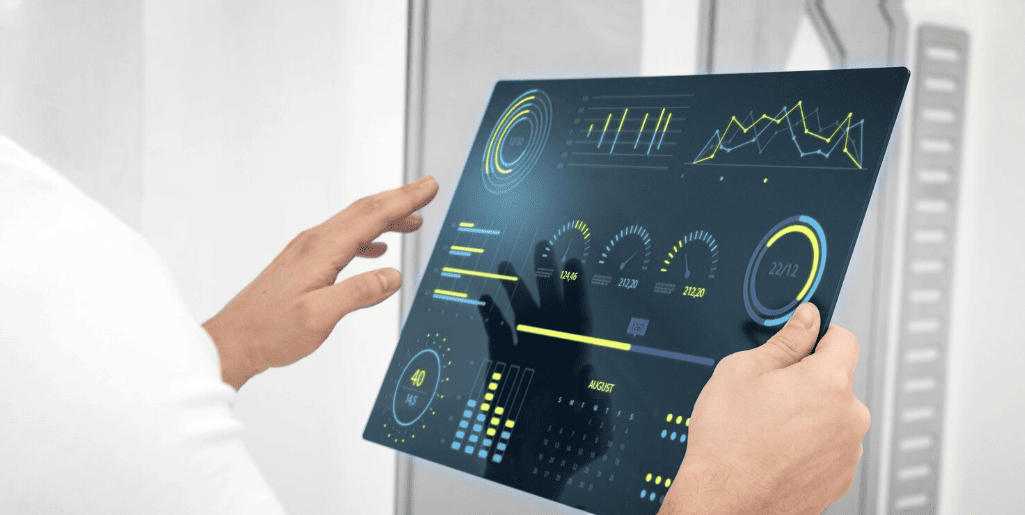

The business world has fundamentally changed how it approaches data analysis and reporting. Companies that once relied on manual spreadsheet work and static dashboards now leverage intelligent systems that transform raw data into actionable insights within minutes. This transformation isn't just convenient—it's essential for staying competitive in today's data-driven marketplace.
Introduction to AI for Reporting
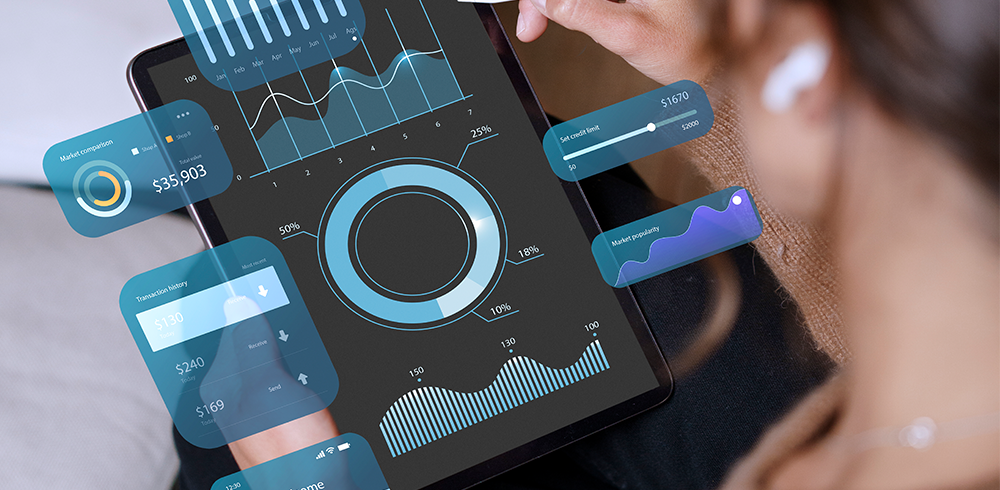
What is AI for Reporting?
AI for reporting represents a revolutionary approach to data analysis that uses artificial intelligence technologies to automate and enhance how organizations analyze, interpret, and present information. These sophisticated systems process vast datasets through advanced algorithms, identifying patterns and generating insights that humans can easily understand and act upon.
Modern AI reporting tools enable users to interact with complex data using natural language queries, making advanced analytics accessible to professionals without technical backgrounds. Instead of spending hours manipulating spreadsheets or waiting for IT departments to create custom reports, business users can simply ask questions in plain English and receive comprehensive answers backed by data visualizations and narrative explanations.
The Evolution of Reporting with AI

Traditional reporting processes created significant bottlenecks for organizations. Teams spent countless hours collecting data from multiple sources, manually cleaning and organizing information, then creating static reports that were often outdated by the time they reached decision-makers. Human error was inevitable, and the time lag between data collection and insight generation meant opportunities were frequently missed.
The introduction of AI has fundamentally transformed this landscape. 78% of organizations use AI in at least one business function as of 2024-2025, representing a dramatic increase that reflects how businesses are recognizing AI's potential to revolutionize their reporting and analytics capabilities. More significantly, the average company now deploys AI in three different business functions, demonstrating both broader and deeper usage across core business operations.
Modern AI-powered platforms now utilize machine learning and natural language processing to analyze historical data while simultaneously predicting future trends and providing actionable recommendations. This shift from retrospective analysis to forward-looking intelligence has democratized access to data insights across organizations, enabling broader teams to generate and interpret reports without specialized technical training.
Why AI is Essential for Modern Reporting
The exponential growth of business data has made manual analysis not just inefficient but practically impossible. Organizations generate terabytes of information daily from customer interactions, operational systems, marketing campaigns, and financial transactions. Processing this volume manually would require massive teams and still result in delayed, potentially outdated insights.
AI reporting tools address these challenges by automating analysis, accelerating report generation, and minimizing human error. Companies using AI in business analytics and reporting experience up to 40% reductions in time spent on routine data tasks and reporting cycles, while AI-powered analytics solutions yield accuracy improvements of 30-40% in financial forecasting, reporting, and business intelligence. These improvements empower organizations to monitor performance continuously, detect anomalies as they occur, and adapt strategies in real time while supporting customization and scalability through seamless integration with multiple data sources.
Top Tools for AI Reporting in 2025
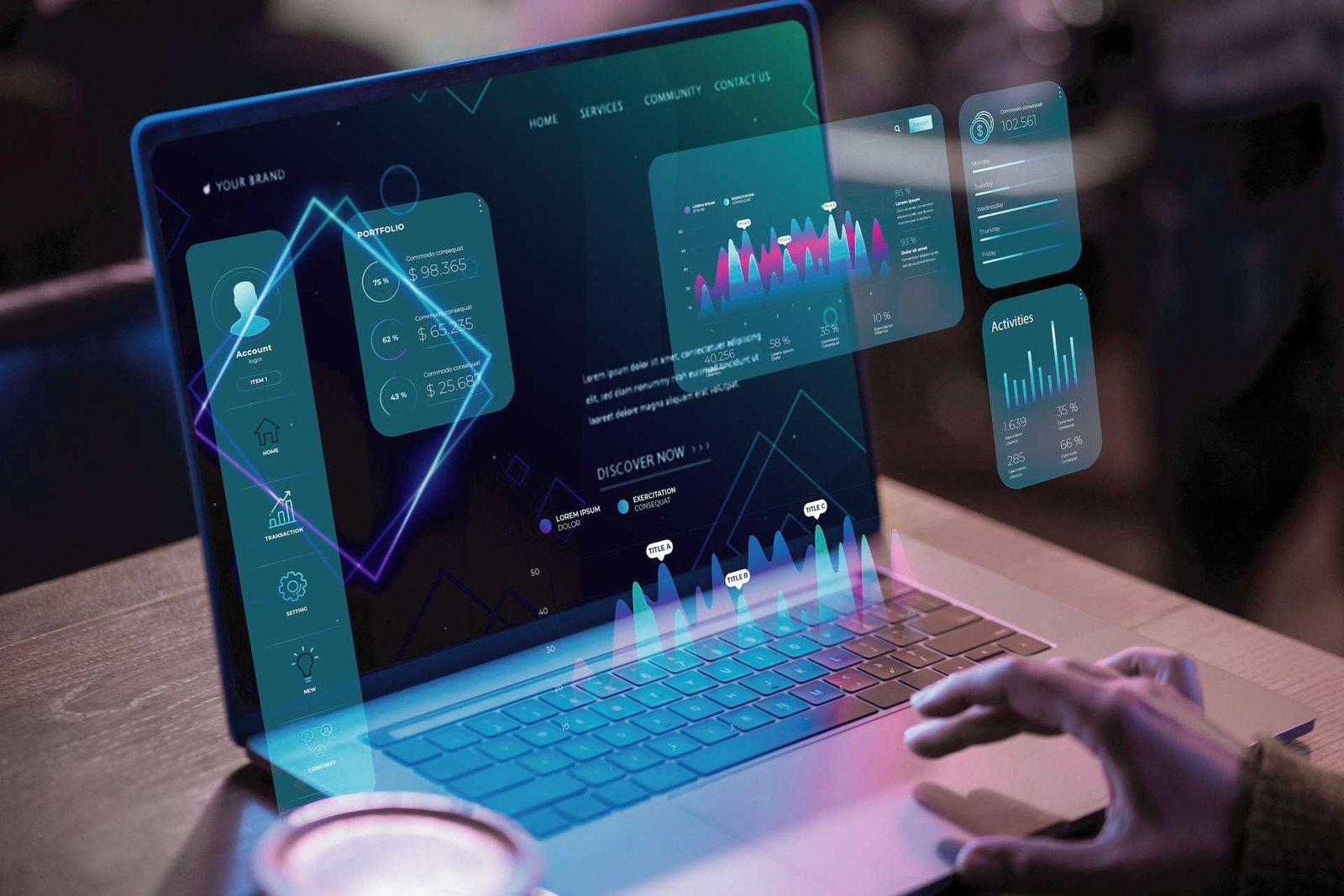
The AI reporting landscape features diverse platforms designed for different organizational needs and use cases. While Power BI holds a leading position in BI tool adoption, particularly among large enterprise deployments within the Microsoft 365 ecosystem, numerous specialized tools serve specific industries and business functions effectively.
1. Whatagraph
Key Features
Whatagraph centralizes data from numerous marketing and analytics platforms through robust native integrations, eliminating the tedious process of manually collecting information from multiple sources. The platform offers customizable, white-labeled reports with drag-and-drop widgets and pre-built templates that marketing teams can quickly adapt to their specific needs.
The platform's AI-powered performance monitoring capabilities include an intelligent chatbot that enables data exploration and provides instant summaries of campaign performance. Users can blend data across channels, create custom metrics, and analyze dimensions for comprehensive cross-channel insights that reveal the full picture of their marketing effectiveness.
Agencies using Whatagraph's AI-powered reporting platform automate multi-source data integration and report generation, allowing them to produce comprehensive client reports faster. This tool automates data flows, centralizes report creation, and provides actionable summaries through an AI chatbot, resulting in measurable time savings and efficiency gains for mid-to-large marketing agencies.
Pros and Cons
Whatagraph excels in user-friendliness, offering fast report generation, strong customer support, and reliable data connectors that work effectively for both technical and non-technical users. The platform's intuitive interface allows marketing professionals to create sophisticated reports without extensive training or technical expertise.
However, the platform doesn't offer a free plan, making it a significant investment for smaller teams. Advanced customization features may require additional investment and training, particularly for organizations with complex reporting requirements or unique branding needs.
2. Klipfolio
Integration Capabilities
Klipfolio connects with over 130 native data sources, including popular analytics platforms, CRM systems, and cloud-based business applications. The platform facilitates extensive data blending, aggregation, and transformation capabilities, supporting both direct integrations and custom connections for unique data sources.
Real-time data visualization and automated report scheduling enable efficient dissemination across teams, ensuring stakeholders receive timely updates without manual intervention. This automated distribution system helps organizations maintain consistent communication while reducing administrative overhead.
User Experience
The platform serves both technical and non-technical users through its drag-and-drop dashboard builder, which includes advanced formula support for complex calculations and data manipulations. AI-powered natural language queries enable users to interact with their data conversationally, generating insights and visualizations on demand without requiring specialized query languages.
While the platform offers significant flexibility, some advanced customization features present a learning curve, particularly for complex dashboard setups that require intricate data relationships or sophisticated analytical functions.
3. NinjaCat
Customizable Reporting
NinjaCat enables tailored report creation through a flexible template builder that supports white-label branding and custom metrics. The platform's no-code data transformation capabilities allow users to blend multiple data sources for comprehensive client reporting without requiring technical programming skills.
Organizations can create branded reports that align with their visual identity while incorporating data from diverse sources into cohesive narratives that tell complete performance stories.
Performance Analytics
The platform's AI agents automatically monitor campaign performance, flagging anomalies and inefficiencies in real time before they impact broader business objectives. Integrated AI summary widgets provide automated narrative insights, helping users quickly interpret key trends and take appropriate action.
This proactive approach to performance monitoring enables marketing teams to address issues immediately rather than discovering problems during routine reporting cycles.
4. Tableau
Advanced Data Visualization
Tableau remains widely used for analytics and visualization, recognized for its powerful, interactive visualizations that allow users to explore data relationships in depth. The platform features an intuitive drag-and-drop interface supporting numerous chart types, statistical analyses, and predictive modeling capabilities.
Users can create sophisticated data stories that guide audiences through complex analytical findings, making data accessible to stakeholders with varying levels of technical expertise.
AI-driven Insights
Tableau incorporates advanced AI features including conversational agents for natural language data queries and Tableau Pulse for delivering intelligent, contextual insights. The platform automatically detects trends, performance drivers, and statistical outliers, presenting findings through clear narratives supported by compelling visualizations.
These AI capabilities transform traditional data exploration into guided discovery experiences, helping users uncover insights they might otherwise overlook during manual analysis.
5. Power BI
Collaboration Features
Power BI facilitates seamless sharing and collaboration through deep integration with Microsoft Teams, Excel, PowerPoint, and other Office 365 applications. Multiple stakeholders can access, comment on, and interact with live reports and dashboards, creating collaborative analytical environments that support team-based decision-making.
PA Consulting revamped its sales reporting using Microsoft 365 Copilot and Power BI integration. The automation of routine analysis freed sales teams for more high-impact, client-facing activities and boosted their ability to deliver strategic value, resulting in significant time savings and enhanced client experiences.
Security and Compliance
The platform includes enterprise-grade security features offering role-based access controls, comprehensive data encryption, and compliance with industry standards. These robust security measures support secure data sharing and governance, making Power BI suitable for organizations with strict regulatory requirements or sensitive data handling needs.
6. Domo
Real-time Data Monitoring
Domo provides instant access to real-time data from diverse sources through over 1,000 native connectors. Users can configure automated alerts, monitor key performance indicators continuously, and interact with their data using conversational AI agents that respond to natural language queries.
An unnamed global retailer used Domo's AI-powered data storytelling and forecasting features to equip executives with real-time dashboards and automated analytics reports. This implementation led to quicker strategic pivots regarding inventory and promotions, streamlining reporting workflows and enabling more informed, timely decision-making through natural language queries and predictive insights.
Scalability
Domo handles large-scale data environments effectively, supporting advanced analytics, embedded dashboards, and custom business applications. The platform offers flexible deployment options accommodating both small teams and enterprise organizations, scaling resources dynamically based on usage patterns and organizational growth.
Unique and Emerging Tools to Watch
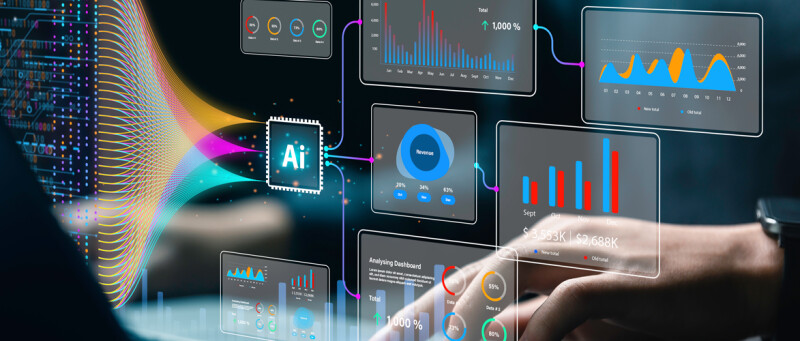
The 2024-2025 landscape has introduced several innovative AI reporting platforms that distinguish themselves through advanced capabilities and specialized focus areas.
Openkoda AI Reporting leads this emerging category with real-time data summarization, anomaly detection, and natural language question-answering capabilities. The platform emphasizes democratizing data by enabling non-technical users to query reports conversationally, with AI surfacing insights on-the-fly and reducing dependency on analysts.
Sisense's AI-enhanced platform delivers robust predictive and prescriptive analytics through auto-generated dashboards, data storytelling, and prescriptive recommendations. Unlike traditional descriptive dashboards, Sisense focuses on scalable, embedded analytics designed for integration within operational applications.
Storydoc transforms static reports into engagement-ready, dynamic presentations through AI-driven generation of highly interactive business reports and presentations with connected data sources like CRM and calendar integrations. This platform targets marketing, sales, and executive communications teams needing compelling, engagement-focused reporting.
Qlik Sense's AI-enhanced version features an AI-driven Insight Advisor that suggests charts and insights, combined with an associative analytics engine allowing unrestricted data exploration. This approach reveals data relationships missed by linear dashboards while proactively suggesting insights to make exploration more intuitive.
These emerging platforms emphasize human-like interaction through conversational AI, real-time analysis no longer limited to tech-savvy users, and predictive capabilities that enable organizations to anticipate and act on trends rather than simply react to historical data.
Industry-Specific Recommendations
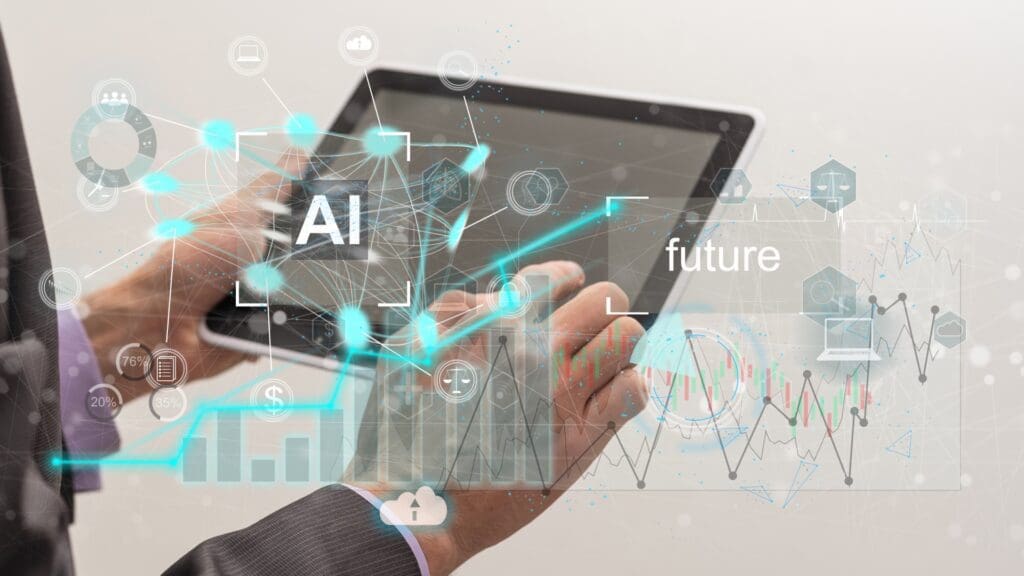
Different industries benefit from specialized AI reporting approaches tailored to their unique operational requirements and regulatory environments.
Financial Services organizations should prioritize platforms with robust compliance features and real-time risk monitoring capabilities. Intesa Sanpaolo built a Democratic Data Lab with Google's AI, automating risk management reporting and democratizing data access, enabling departments beyond risk management to join oversight and decision-making for faster market responses. Investec uses Microsoft 365 Copilot for Sales, saving an estimated 200 hours annually as administrative and reporting tasks are automated, enabling more strategic client engagement.
Marketing Agencies benefit most from tools like Whatagraph or NinjaCat that offer white-label reporting, multi-client management, and campaign performance analytics. These platforms excel at consolidating data from various marketing channels while providing client-ready reports with minimal manual intervention.
Healthcare Organizations should focus on solutions with strong data privacy protections and specialized healthcare analytics capabilities. Tools that can integrate with electronic health records while maintaining HIPAA compliance are essential for this sector.
Retail Companies require platforms with strong inventory management integration and customer analytics capabilities. LAQO Insurance partnered with Infobip to launch "Pavle," an AI digital assistant built with Azure OpenAI that resolves 30% of incoming customer queries automatically, allowing human agents to focus on higher-value activities and improving customer service efficiency.
How to Choose the Right AI Reporting Tool
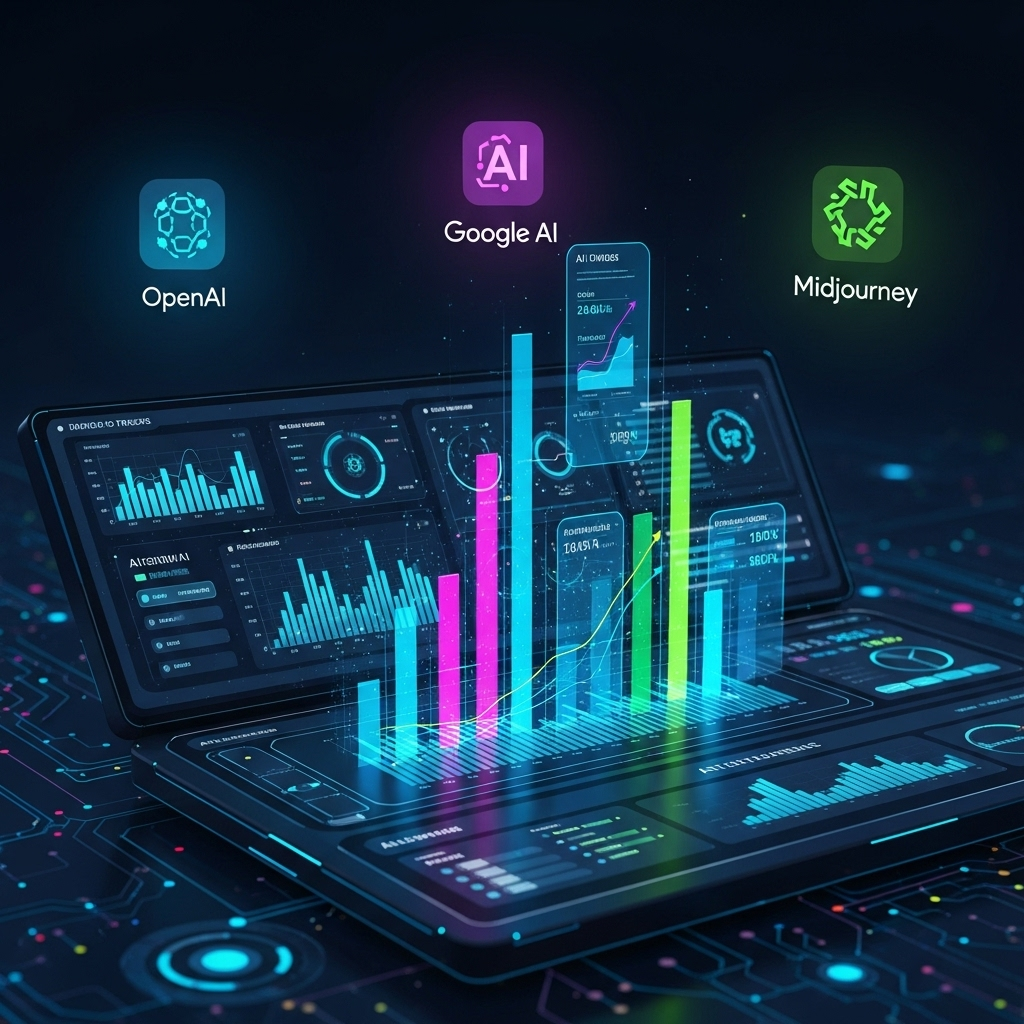
Identifying Your Reporting Needs
Success with AI reporting tools begins with clearly understanding your specific requirements. Assess the types of reports your organization needs, the data sources you must integrate, and the business objectives your reporting should support. Consider whether you need real-time dashboards, scheduled report distribution, or ad-hoc analytical capabilities.
Evaluate the complexity of your data relationships, reporting frequency requirements, and the level of customization necessary for your various audiences. Determine whether you require industry-specific features such as marketing analytics, financial reporting, or operational dashboards that address your sector's unique challenges.
Scalability and Flexibility
Choose solutions that can grow with your organization, handling increasing data volumes and analytical complexity without requiring complete system replacements. Look for platforms offering flexible report templates, modular integrations, and support for both simple visualizations and advanced statistical analyses.
Consider future-proofing by selecting platforms that actively evolve with new AI capabilities and changing business requirements. The most effective tools adapt to organizational growth while maintaining performance and user experience standards.
Compatibility with Existing Systems
Ensure seamless integration with your current data infrastructure, including databases, cloud services, and business applications. Verify support for relevant data formats, APIs, and third-party connectors that your organization currently uses or plans to implement.
Prioritize platforms that minimize disruption to existing workflows while providing robust support for data migration and transformation processes. The best implementations enhance current capabilities rather than requiring complete operational overhauls.
ROI Calculator Framework
When evaluating AI reporting tools, calculate potential return on investment by considering time savings, accuracy improvements, and operational efficiency gains. Factor in current costs of manual reporting processes, including personnel time, error correction, and delayed decision-making impacts.
Estimate implementation costs including software licensing, training, integration services, and ongoing maintenance. Compare these expenses against projected benefits such as reduced analyst workload, faster report generation, and improved decision-making speed. Organizations report up to 45% increases in corporate profits following AI and GenAI integration, according to J.P. Morgan analysts tracking early adoption within Fortune 500 firms.
Advantages of Using AI in Report Generation

Increased Efficiency
AI dramatically transforms organizational efficiency by automating repetitive data analysis and report creation tasks. Companies are deploying AI in an average of three distinct business functions by early 2025, demonstrating how the technology spreads beyond single-use cases to augment reporting, analytics, operations, and decision-making processes.
Noventiq used Microsoft 365 Copilot to automate report generation and routine tasks. In just four weeks, the company saved 989 hours, boosting productivity and delivering estimated value of INR 989K. This implementation accelerated decision-making and allowed employees to focus on higher-value, strategic work.
PageGroup automated job posting creation via Azure OpenAI, saving recruiters up to 75% of time spent on that process, translating to faster business cycle times and lower costs. Real-time insights and on-demand reporting capabilities free analysts from manual data manipulation, enabling them to concentrate on strategic initiatives that drive business growth.
Enhanced Accuracy and Insights
AI algorithms minimize human error in data interpretation while ensuring consistency across reports and analytical outputs. These systems detect subtle trends, anomalies, and patterns that human analysts might overlook during manual review processes, particularly when working with large, complex datasets.
MSCI deployed machine learning with Vertex AI, BigQuery, and Cloud Run to automate complex data enrichment and generate detailed climate risk reports for clients. The AI solution allowed clients to access actionable insights about one million asset locations, significantly improving risk assessment processes and accelerating climate-related disclosures.
Advanced analytics and predictive modeling capabilities provide deeper, actionable insights that support more informed decision-making processes across organizational levels.
Customization and Personalization
Modern AI reporting tools support tailored reports that align with individual stakeholder needs, organizational branding, and specific key performance indicators. Dynamic narratives and visualizations adjust automatically based on user queries or changing data patterns, providing relevant information without manual reconfiguration.
These platforms empower users to create and modify reports with minimal technical expertise, democratizing access to sophisticated analytical capabilities across organizational departments and skill levels.
Common Implementation Pitfalls

Organizations often encounter predictable challenges when deploying AI reporting tools. Poor data quality represents the most common obstacle, as AI systems require clean, consistent data to generate reliable insights. Before implementation, conduct thorough data audits and establish data governance processes to ensure information accuracy and completeness.
Insufficient user training frequently undermines AI reporting initiatives. While these platforms emphasize user-friendliness, teams still need adequate training on features, best practices, and interpretation of AI-generated insights. Plan comprehensive onboarding programs that include both technical training and change management support.
Over-reliance on automation without human oversight creates risks of missing contextual nuances or accepting flawed AI recommendations. Establish review processes that combine AI efficiency with human expertise, ensuring automated insights align with business context and strategic objectives.
Integration complexity often exceeds initial expectations, particularly in organizations with legacy systems or complex data architectures. Allocate sufficient time and resources for integration planning, testing, and troubleshooting to avoid deployment delays or functionality limitations.
Challenges and Limitations of AI Reporting

Data Privacy Concerns
AI reporting systems require access to potentially sensitive organizational and customer information, creating significant privacy and security considerations. Use of generative AI tools rose sharply to 71% of organizations by 2024, up from 33% in 2023, intensifying the need for robust data governance frameworks.
Organizations must implement comprehensive data governance, encryption protocols, and access controls to protect sensitive information while enabling AI systems to function effectively. Regulatory compliance requirements add complexity to deployment strategies, particularly for organizations operating across multiple jurisdictions with varying privacy regulations.
Potential for Bias in AI Algorithms
AI models can inadvertently perpetuate biases present in historical training data, leading to skewed insights or unfair analytical outcomes that impact business decisions. These biases might reflect historical inequities, incomplete data collection practices, or systematic errors that become embedded in automated reporting processes.
Continuous monitoring, diverse data inputs, and transparency in algorithmic processes are essential for identifying and mitigating bias risks. Organizations need established procedures for auditing AI-generated insights and correcting systematic errors before they influence critical business decisions.
Future Trends in AI for Reporting
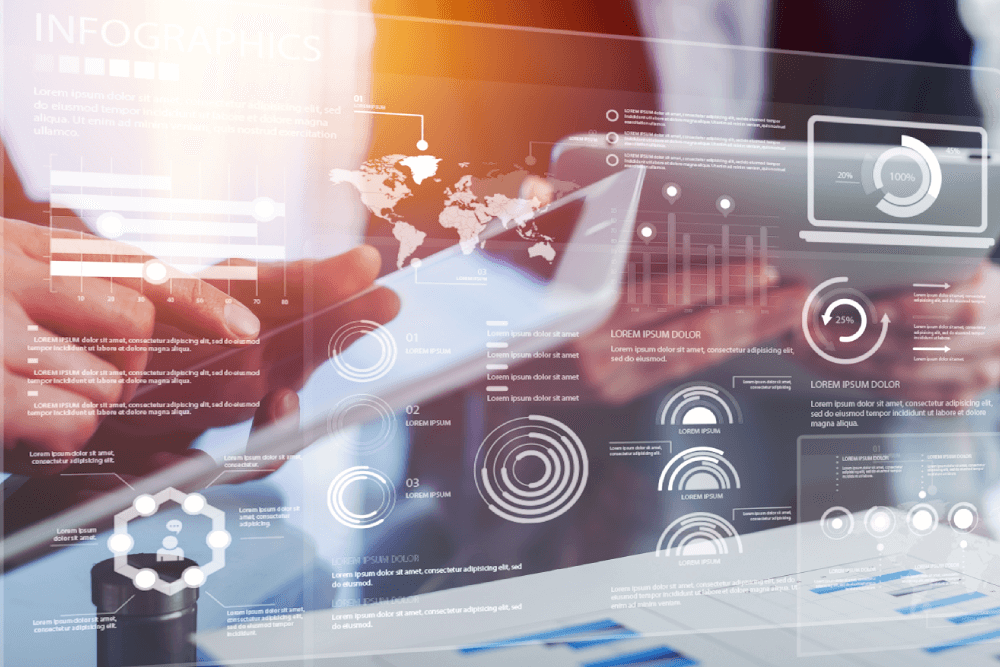
Integration of AI with Other Technologies
The convergence of AI reporting tools with automation platforms, Internet of Things devices, and comprehensive cloud ecosystems is creating more sophisticated analytical capabilities. Enhanced interoperability enables end-to-end data workflows from collection and analysis to automated action and decision support systems.
92% of organizations intend to further increase AI investments over the next three years (2025-2027), demonstrating strong confidence in AI's impact on reporting and analytics while signaling ongoing expansion into integrated business processes.
Predictive Reporting Capabilities
Growing predictive analytics and forecasting features empower organizations to anticipate market trends and make proactive strategic decisions. AI-driven reporting increasingly focuses on providing actionable recommendations and scenario planning capabilities rather than simply analyzing historical performance data. These predictive capabilities enable organizations to model potential outcomes and optimize strategies before implementing changes.
Kredito developed an AI-based risk assessment model using generative AI on Google Cloud, which significantly improved the prediction of payment behaviors, optimizing loan approvals and reducing defaults. Such applications demonstrate how predictive AI reporting can transform risk management and strategic planning across industries.
Conclusion
The transformation of business reporting through AI represents one of the most significant advances in organizational intelligence capabilities. As we've explored throughout this analysis, AI reporting tools have moved far beyond simple automation to become sophisticated systems that democratize data access, accelerate decision-making, and provide predictive insights that drive competitive advantage.
The statistics paint a compelling picture of this transformation. With 78% of organizations now using AI in at least one business function and companies achieving up to 40% reductions in reporting time alongside 30-40% accuracy improvements, the business case for AI reporting has become undeniable.
When selecting an AI reporting platform, focus on three key categories that align with organizational needs. Enterprise solutions like Power BI and Tableau offer comprehensive capabilities, robust security, and extensive integration options suitable for large organizations with complex requirements. SMB-focused platforms such as Whatagraph and NinjaCat provide user-friendly interfaces, cost-effective pricing, and specialized features that smaller teams can implement quickly. Specialized emerging tools like Openkoda AI Reporting and Storydoc deliver cutting-edge capabilities for specific use cases, offering innovative approaches to natural language queries and interactive reporting.
Success requires more than tool selection. Organizations must address data quality, provide adequate training, maintain human oversight, and plan for integration complexity. The most successful implementations combine AI efficiency with human expertise, ensuring automated insights align with business context and strategic objectives.
Looking ahead, the integration of AI reporting with broader business systems, the expansion of predictive capabilities, and the continued democratization of advanced analytics will reshape how organizations understand and act on their data. With 92% of organizations planning to increase AI investments through 2027, the question isn't whether to adopt AI reporting, but how quickly your organization can implement these transformative capabilities to maintain competitive advantage in an increasingly data-driven business environment.
FAQs
What is the future of AI in reporting?
AI in reporting will become more context-aware and personalized, delivering highly relevant, real-time insights tailored to individual user needs and organizational contexts. The technology will continue reducing manual intervention while integrating with broader business systems and providing increasingly sophisticated predictive and prescriptive analytics capabilities.
Future developments will likely include more autonomous reporting systems that can identify emerging trends, recommend strategic actions, and adapt reporting formats based on changing business conditions without human intervention.
How to get started with AI reporting tools?
Begin by identifying your key reporting requirements and evaluating tools that align with your existing data sources and specific business objectives. Focus on platforms that offer strong integration capabilities with your current systems and provide adequate support during the implementation process.
Set up essential data connections, configure relevant key performance indicators, and explore natural language query features to streamline initial adoption. Take advantage of available templates, comprehensive tutorials, and customer support resources to accelerate onboarding and maximize the value derived from your AI reporting investment.
Are AI-generated reports reliable and accurate?
AI-generated reports can achieve high reliability and accuracy when built on clean, high-quality data and well-designed algorithms that account for your organization's specific context and requirements. The quality of outputs directly correlates with the quality of input data and the appropriateness of the chosen analytical models.
Ongoing oversight, validation procedures, and human review remain important for ensuring contextual accuracy and relevance of insights. Organizations should establish clear processes for auditing AI-generated reports and maintaining human expertise to interpret results within broader business contexts and strategic frameworks.










